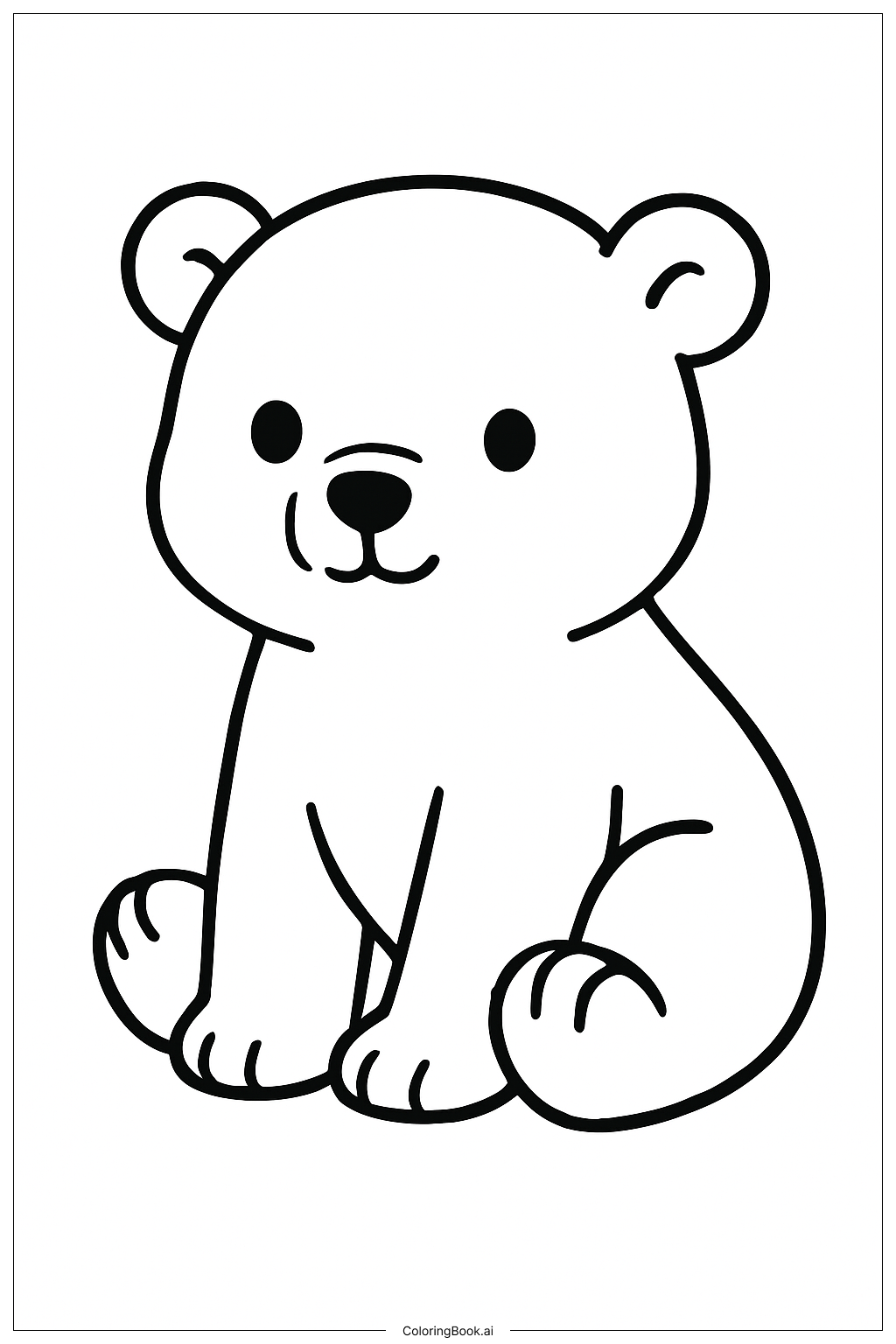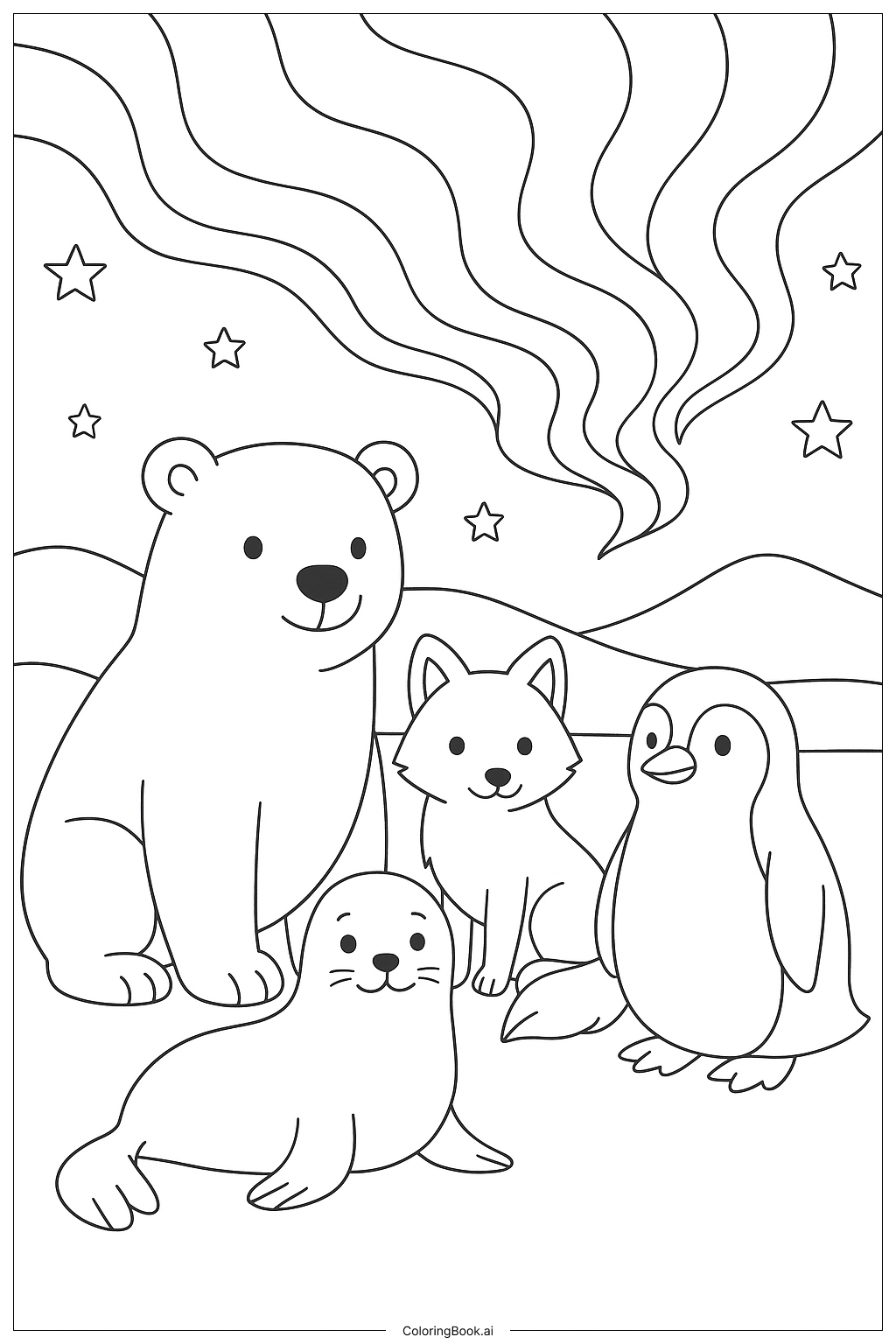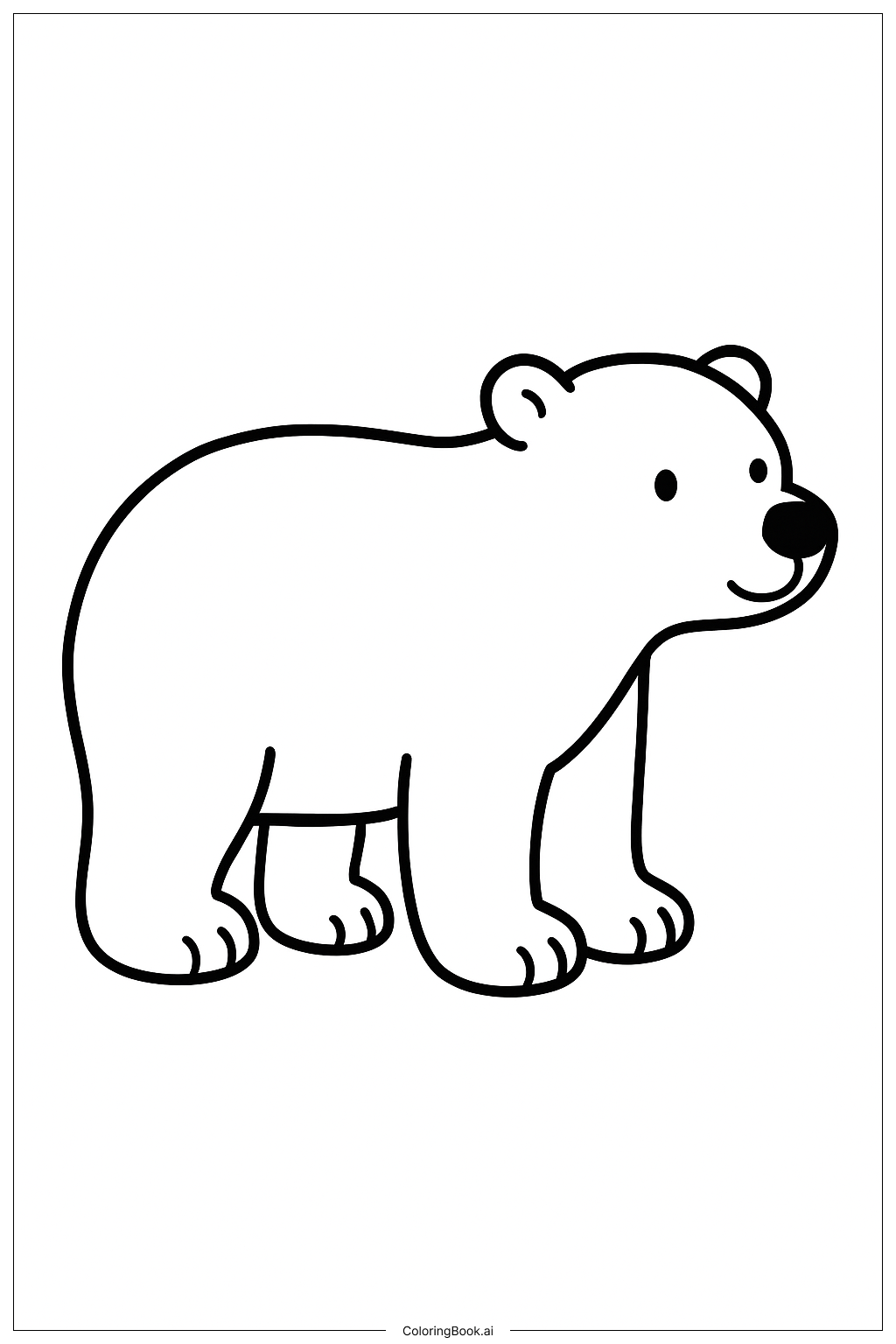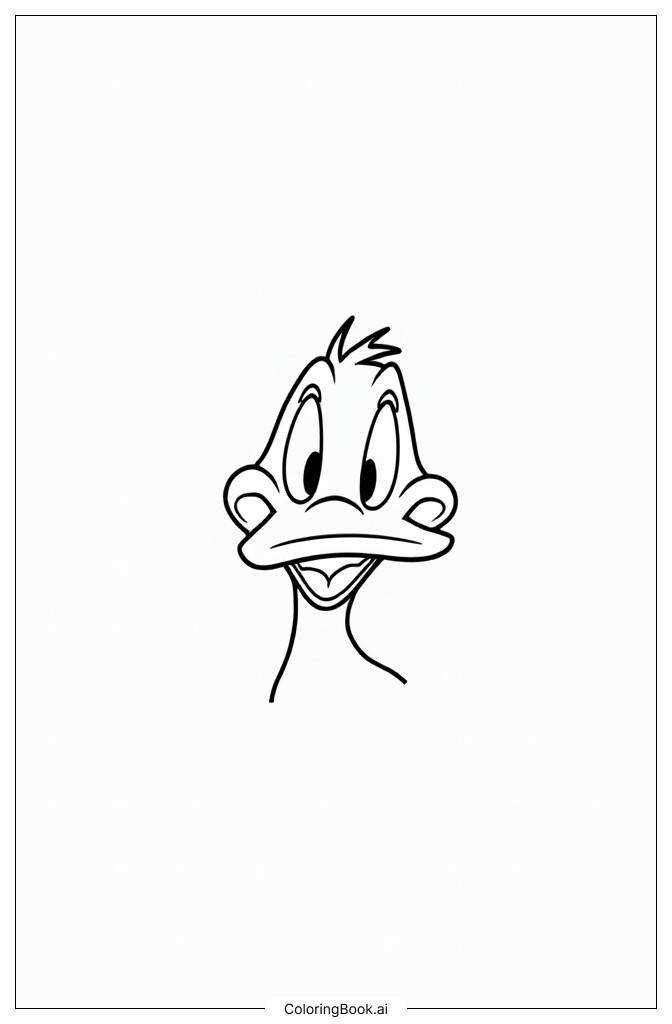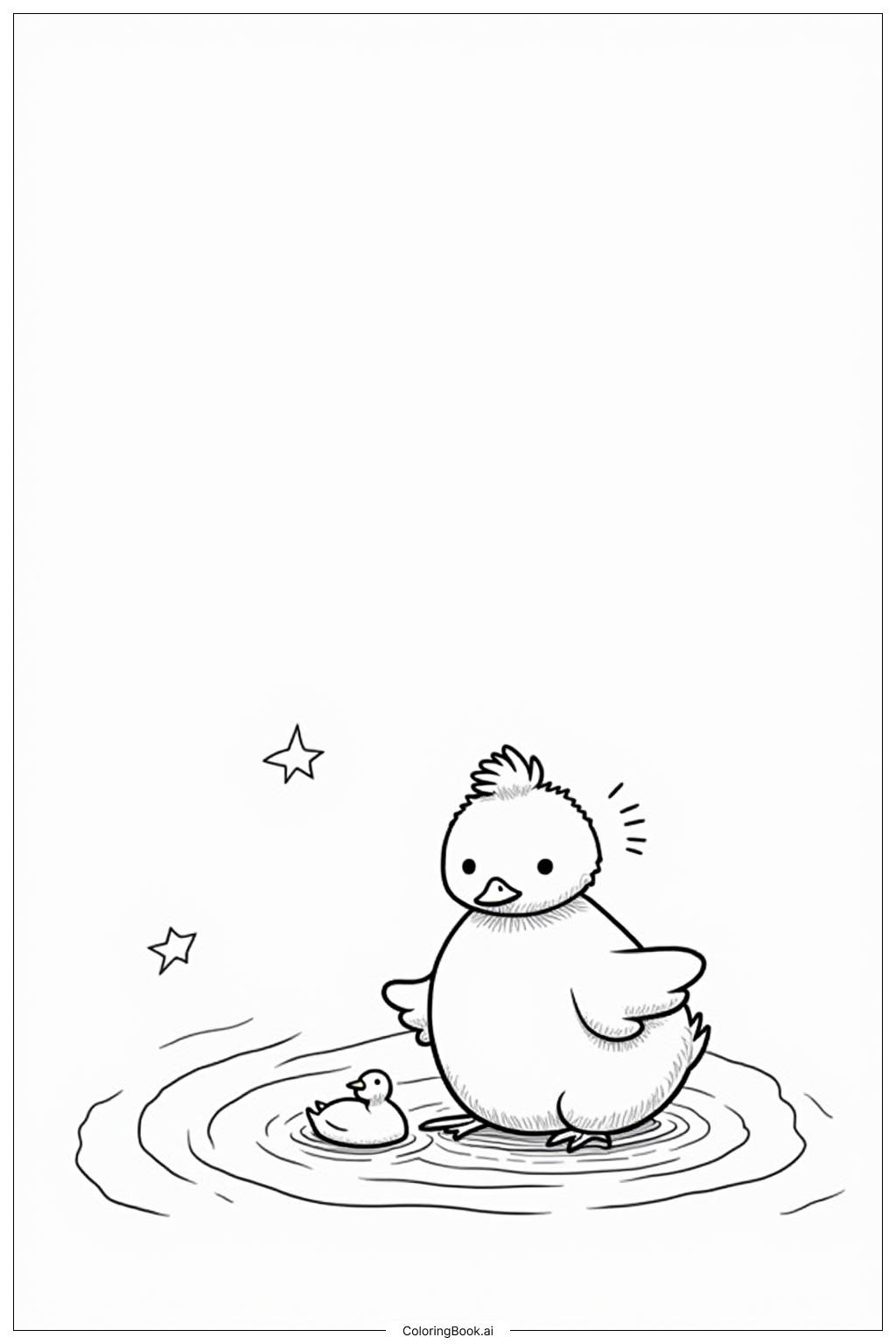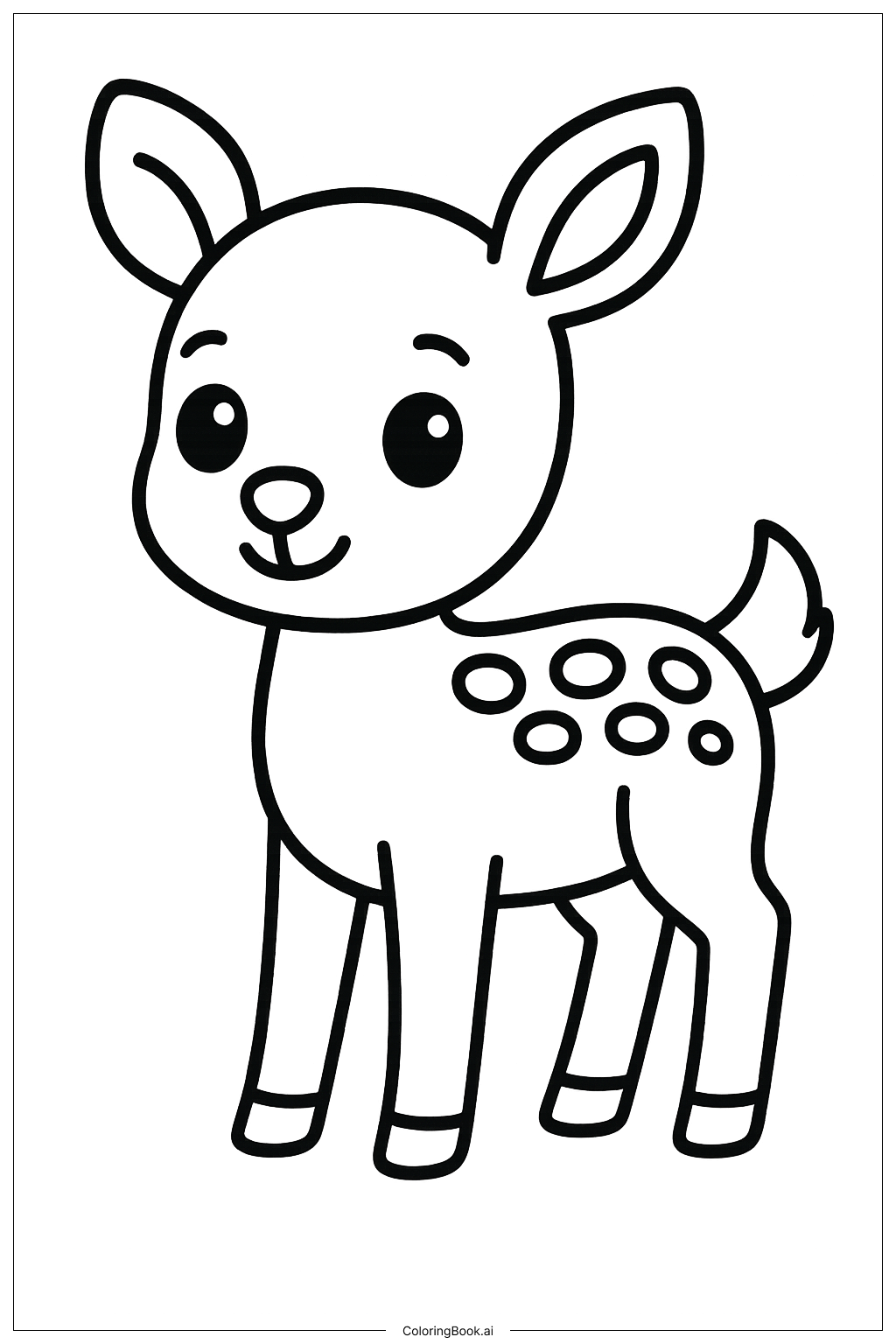Coloring tips: How to color An Explorer Sketching the Arctic Animals coloring page well?
Use white, light gray, and light blue to color the polar bear and the snowy background to reflect the cold Arctic environment. The seal can be colored gray or light brown to show its natural look. The Arctic fox is often white or very light, so use white or very pale colors with small touches of light gray. The explorer's coat should be in bright colors like red or blue to stand out from the snowy background. Use soft colors for the ice to make it feel cold and shiny. Keep the mountains in light shades with white snow caps.
Coloring challenges: Which parts are difficult to color and need attention for An Explorer Sketching the Arctic Animals coloring page?
1. Coloring the polar bear can be tricky since its fur is mostly white but with subtle shadows and highlights.
2. The Arctic fox also has mostly white fur, which means adding small details and light shading is important to show its shape.
3. The explorer’s clothing has many small parts like the hood and gloves, which need careful coloring inside the lines.
4. The ice and snow background require gentle color changes to look natural and not too flat.
5. Making the seal stand out without using very bright colors might be challenging, as it blends with the surroundings.
Benefits of coloring books: Advantages of drawing An Explorer Sketching the Arctic Animals coloring page
Coloring this picture helps children learn about Arctic animals and their environment. It develops fine motor skills as kids carefully color small parts like the explorer’s coat and animal details. Using soft and light colors teaches children about shading and blending. The image also encourages curiosity about nature and wildlife. Children can have fun while practicing patience and creativity by choosing colors to bring the scene to life.

